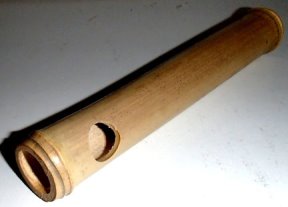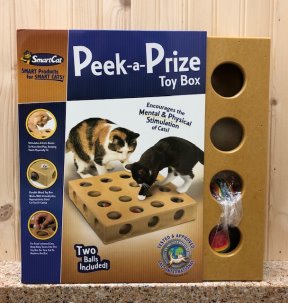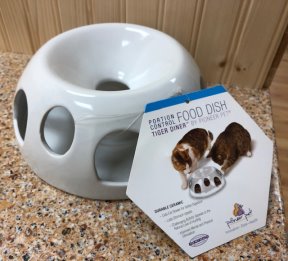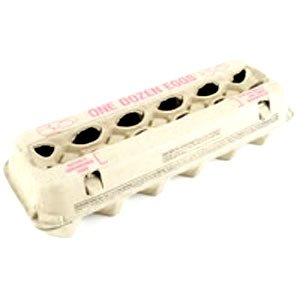
|
9539 Liberty Road, Frederick, MD 21701
Phone: 301-898-4009 ~ Fax: 240-668-3664 clientcenter@frederickcatvet.com Gentle, complete veterinary care for the felines in your family |
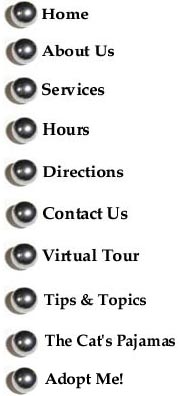
|
What's a Food Puzzle?
Cats are safer indoors without dealing with the risks of getting outside. However, there is much to explore out side and it is a big challenge to provide enough "environmental enrichment" inside to keep them stimulated and prevent problems that may arise out of boredom. Cats are intelligent animals with instincts for the mental and physical challenge of catching their meal. When we offer their food exclusively in a bowl, they miss out on this natural creative exercise -in short, we make it too easy for them.
Make a food puzzle for your cat! There are many options, but the basic goal is to create a challenge your cat must solve before he can eat. Here are a few options you can try with different ranges of difficulty.
Bamboo tube (Sold at Frederick Cat Vet): This is an all-natural segment from a bamboo stalk that has been dried and heat-cured. It is virtually unbreakable and does not wear out. Cut a segment of green bamboo so that it retains the closed ends, let it dry in cool, dry place for several months, drill a hole in the one end and the side, then cook it for 20 minutes at 350 F, and let it cool completely before handling.
A cardboard tube can work in a similar fashion, but it is more challenging to have a sturdy tube that opens and closes and lasts for a while.
Peek-a- Prize (Sold at Frederick Cat Vet): Originally designed for cat
toys, this all wooden puzzle can be used at meal time too, to help
challenge your cat's mind and slow down their food scarfing habits. So
many holes to choose from - cats will have a hard time deciding where to
start the fun!
Tiger Diner (Sold at Frederick Cat Vet): This porcelain bowl has holes
around its entire circumference and one on top. Just pour the food
through the top hole at meal time to help slow down their eating
habits and make them work for their meals.
All cats should be fed canned food for at least half of their diet, but since it will spoil when left out, it will not work well for most puzzles. Food puzzles are a great activity when you are away for an extended period. Be sure to vary the exercise as much as you can, and ask yourself, "How can I challenge my cat today?"
|
